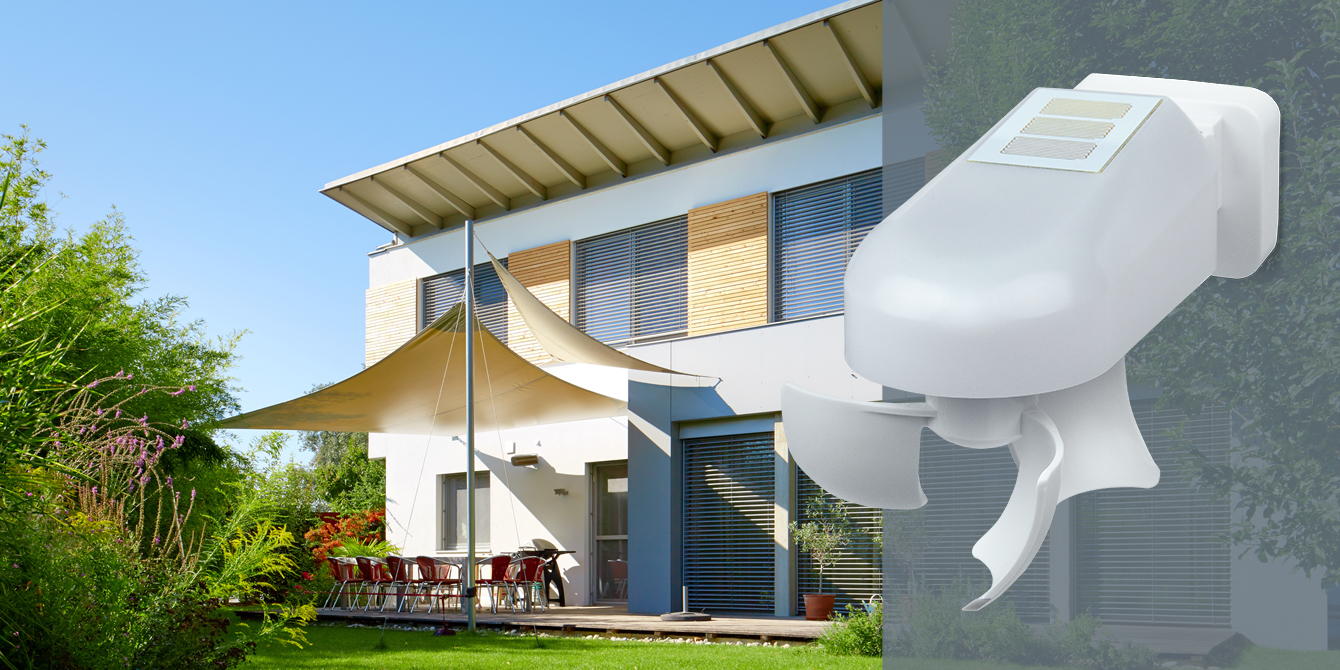Can I control my KNX system when I am on the move?
Yes, with the right app, you can control your KNX system anytime, anywhere – whether via your smartphone or tablet.
Is KNX secure?
Yes, KNX offers a high level of security. All communication channels are encrypted, and regular updates keep the system up to date.
What happens if a KNX device fails?
KNX systems are very robust and the devices are designed to continue functioning even if individual components fail.
Is KNX also suitable for existing buildings?
Yes, KNX can be easily retrofitted into existing buildings. KNX radio (KNX RF) is an ideal solution for retrofitting, as it does not require any complex cabling.
How long does a KNX system last?
A KNX system is durable and designed for a long service life. The devices are of high quality and are regularly improved with new standards and technologies.
How complex is the installation of a KNX system?
The installation of a KNX system varies in complexity depending on the size of the house and the complexity of the desired automation. KNX can be perfectly integrated into the planning of a new building. In existing buildings, retrofitting with KNX radio is relatively simple and quick to implement.
Author: Elsner Elektronik Editorial Team | Last updated 10/2025






















